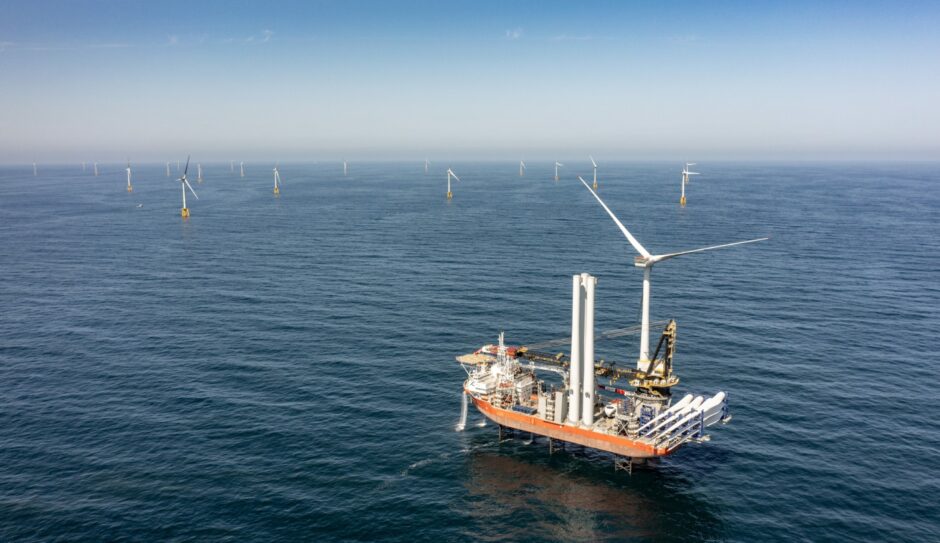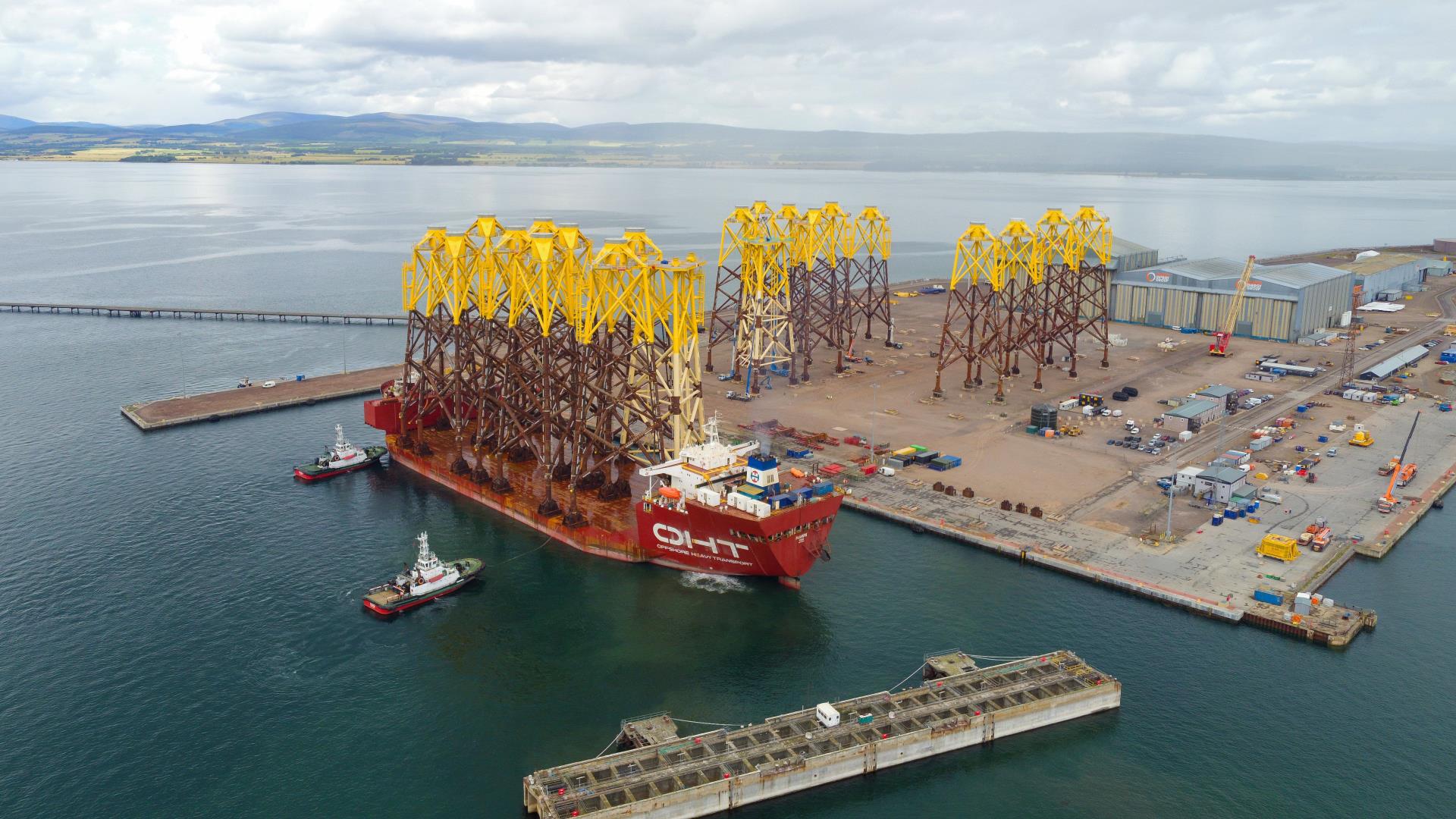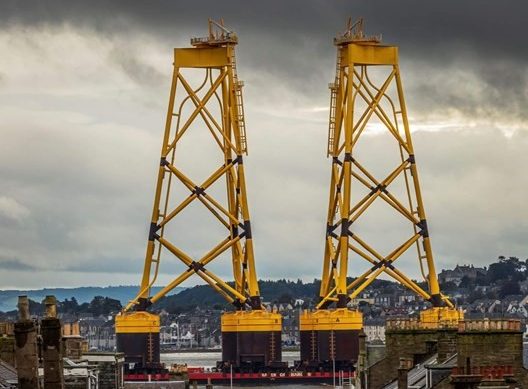
The UK will need to increase its steel supply by a fifth between 2025 and 2027 to meet its 50GW offshore wind target, according to new analysis.
Consulting firm Newton said the UK steel industry is heading for an “explosion in demand” as offshore wind projects ramp up over the next seven years.
The offshore wind sector is a central part of the UK government’s plans to achieve net zero emissions by 2050.
Offshore wind farms are steel intensive structures, with the alloy used in turbine foundations, monopiles and jackets.
Floating wind farms are even more steel intensive than their fixed foundation counterparts, requiring 267 tonnes of steel per MW compared to 217 tonnes for fixed.
The UK government estimates it will need 8.1 million metric tonnes of steel over the next decade for all infrastructure projects. Offshore wind will account for approximately 76% of that total, with the sector needing 6.1 million tonnes by 2030.
Offshore wind steel demand from 2025 to 2027
According to the Newton analysis, peaks in demand for steel could lead to price spikes which may impact the delivery of offshore wind projects leading up to 2030.
Due to the nature of offshore wind developments currently outlined, Newton said the industry will require steel unevenly over the next seven years.
Between 2025 and 2027, RenewableUK expects the offshore wind sector to require almost 3.8 million tonnes of steel for UK production.
If all of that steel were sourced domestically, it would account for 23% of annual UK steel production between 2025 and 2027.
Newton said if UK domestic steel supply is not ramped up, developers will need to source more steel internationally.
With countries around the world ramping up their own offshore wind projects, Newton said steel prices are likely to rise as a result, impacting the cost of projects.
Domestic steel supply
Newton partner Dan Parker said ensuring existing UK offshore wind projects are delivered “on time and on budget” is fundamental to meeting the 50GW target.
“This means they need the requisite raw materials to be available at the price they’ve planned for,” Mr Parker said.
“To ensure we’re not blown off track, it is imperative that UK industry and government collaborates to ensure a steady supply of steel that can meet the predicted demand peaks as industry flexes to meet the 50GW target.”
Mr Parker said following the closure of the Port Talbot steel works in January, ensuring domestic steel supply “is no mean feat”.
“At the present moment, we’re potentially going to need 3.8MT of steel through 2025-2027 to meet the 50GW target, which represents about 23% of our annual production,” he said.
“If this is not possible, a comprehensive procurement strategy should be a top government priority – this is a critical step in the road to Net Zero, and to a greener Britain.”
Specialist offshore wind supply chain
With the offshore wind sector facing significant supply chain challenges, the mood among industry leaders is becoming increasingly pessimistic.
In a separate survey last year, Newton found just 4% of senior offshore wind industry leaders think the UK will successfully meet its 50GW by 2030 target.
Additionally, Newton found 27% of wind executives think establishing a specialist supply chain at scale to support floating offshore wind should be a top priority.
The UK government announced it will introduce Sustainable Industry Rewards ahead of Allocation Round 7 to incentivise offshore wind developers to invest in UK supply chains.
But these measures are not directly related to steel manufacturing, and UK ambitions to produce ‘green steel’ for its offshore wind farms still face significant hurdles.
While Zero Waste Scotland has identified opportunities for circular electric arc furnace and ‘green’ hydrogen-fuelled steel production in Scotland, the UK lags behind the progress seen in Sweden and Belgium.



